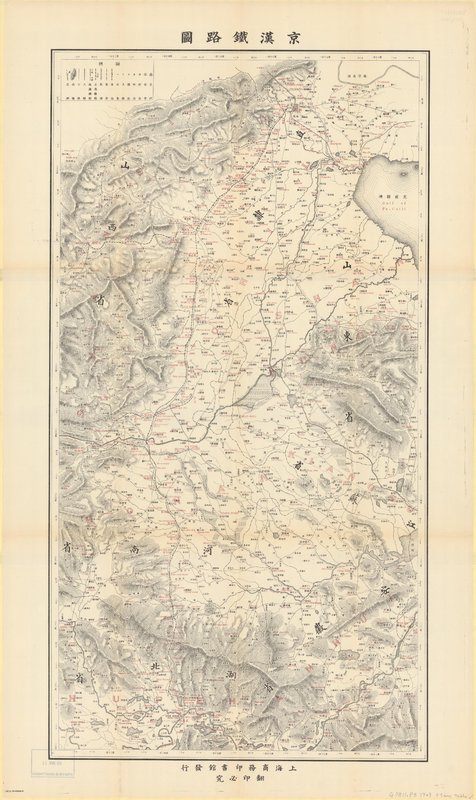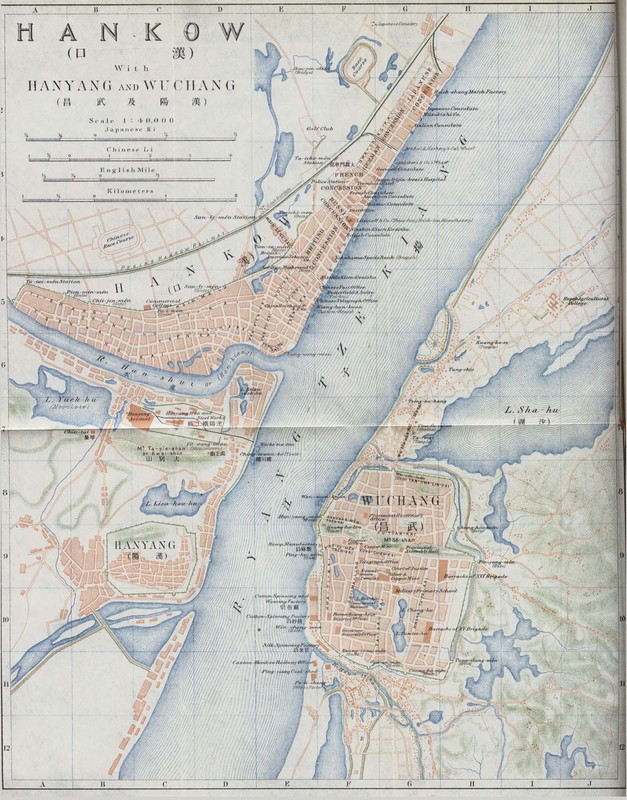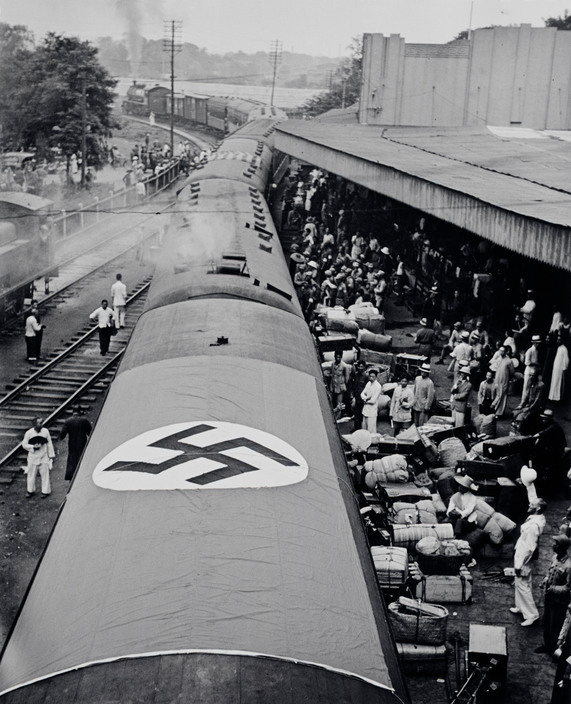Hankou's Railroad
History of Hankou-Beijing Railway:
The terms of the Treaty of Tianjin (June 9, 1885), which concluded the Sino-French War, sought to promote French mercantilism by strengthening French industry and trade within China (Lee, 1989: 29 - 30). Article 7 of the treaty stipulated that the Chinese government would approach French industrialists if it decided to pursue railroad construction. Zhang Zhidong proposed that the construction of an interior railway from Beijing to Hankou would be beneficial strategically and economically for China, and was appointed Governor-General of Wuchang in 1889 to carry out this project (Lee, 1989: 57). However, plans faltered due to the First Sino-Japanese War, and it was not until 1897, after an elongated competition between French, British, Russian, American and Belgian interests, that the railway was commissioned to be build. This was in part due to the efforts of Sheng Xuanhuai, who – as Director General of the Chinese Imperial Railway Administration and owner of the Hanyang Ironworks – sought to avoid any single foreign power from holding the majority shares in the line while profiting from production of rail supplies (Lee, 1989: 59-70). Funded jointly by Belgian and French banks, a Belgian team was commissioned to build the railway, being completed in 1906 in part due to delays caused by the Boxer Rebellion. A 1915 English travel guide distributed by the Imperial Japanese Government Railways describes the city as having four stations:Jiang’an, Dazhimen, Xuelimen, and Yudaimen (Imperial Japanese Government Railways, 1915:90). The guide informs visitors that Yudaimen is closest to the “native city” while Dazhimen is conveniently located near the foreign concessions (Imperial Japanese Government Railways, 1915: 179). While the Yudaimen station has been demolished, the Dazhimen station still stands and was functional until 1991 (Hubei Provincial Government, 2016).
The Beijing-Hankou railroad had many positive effects. More trade could circulate and during the Anti-Japanese War, at least in the beginning, rail lines helped connect cities, move soliders, and transport supplies. However, once the railroad falls into enemy hands, the enemy gains all the advantage. Below is a photograph of a train leaving from Hankou evacuting germans. A nazi flag is over the top of the car to prevent Japanese bombers from bombing the train.


